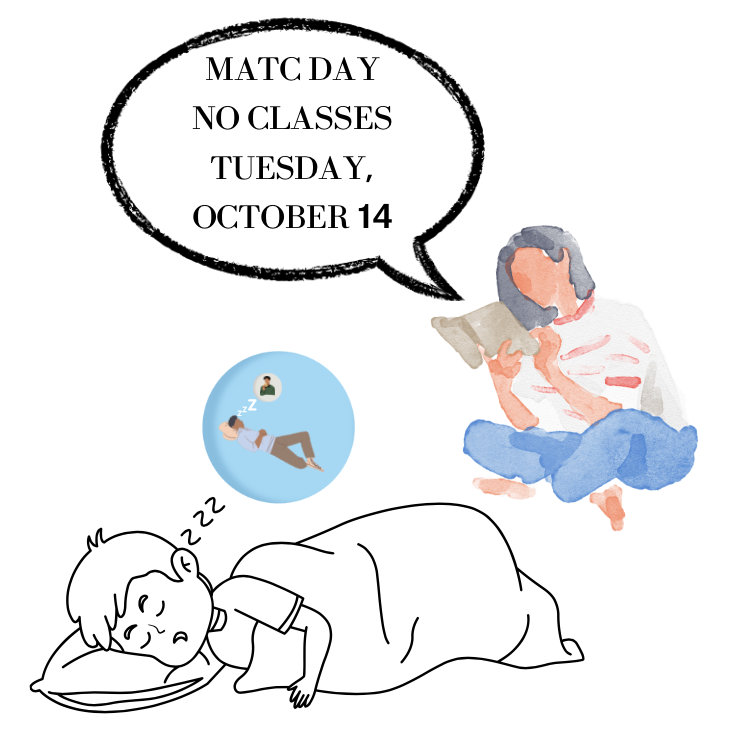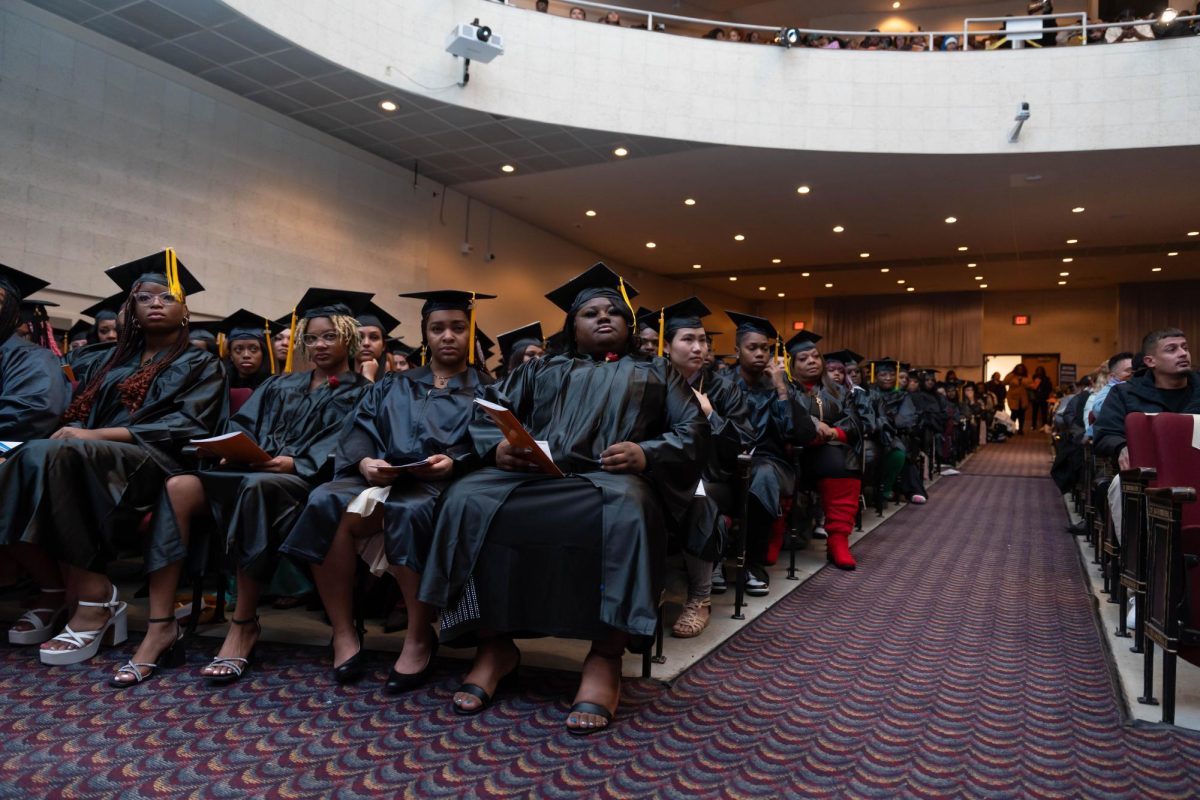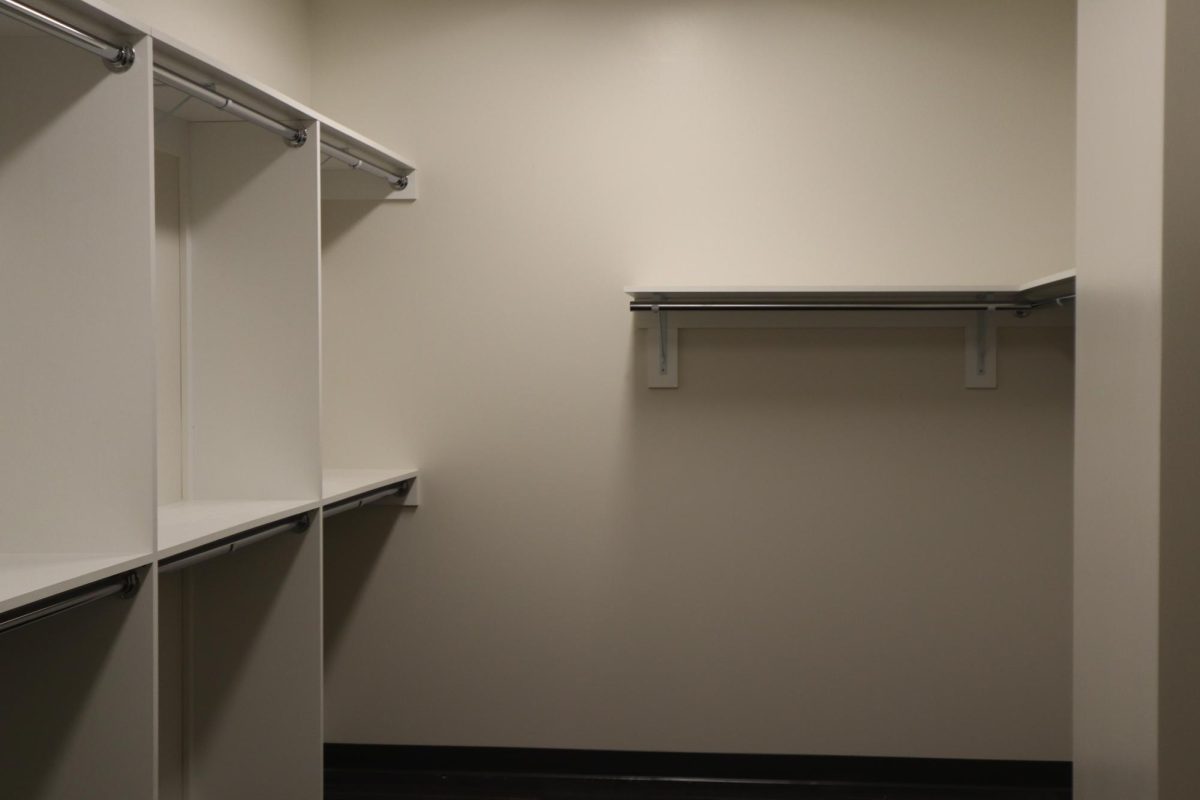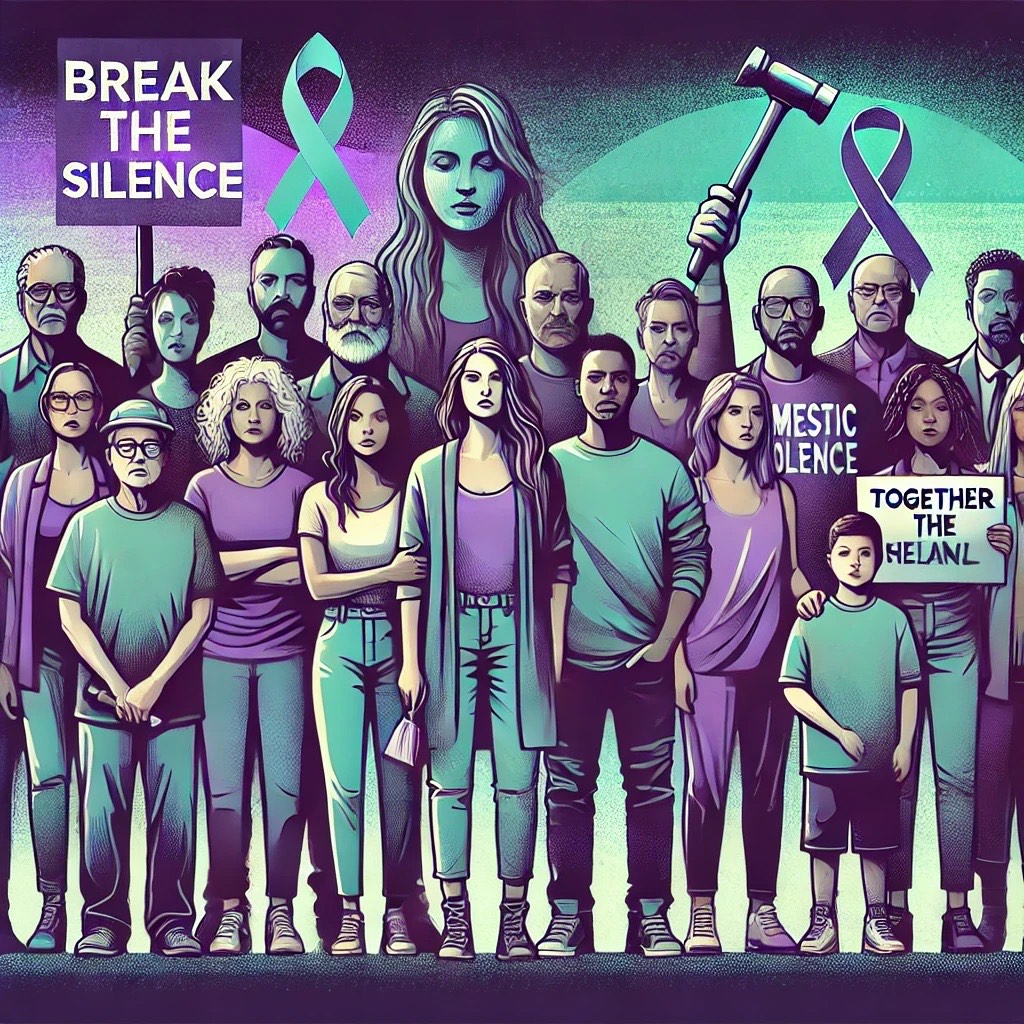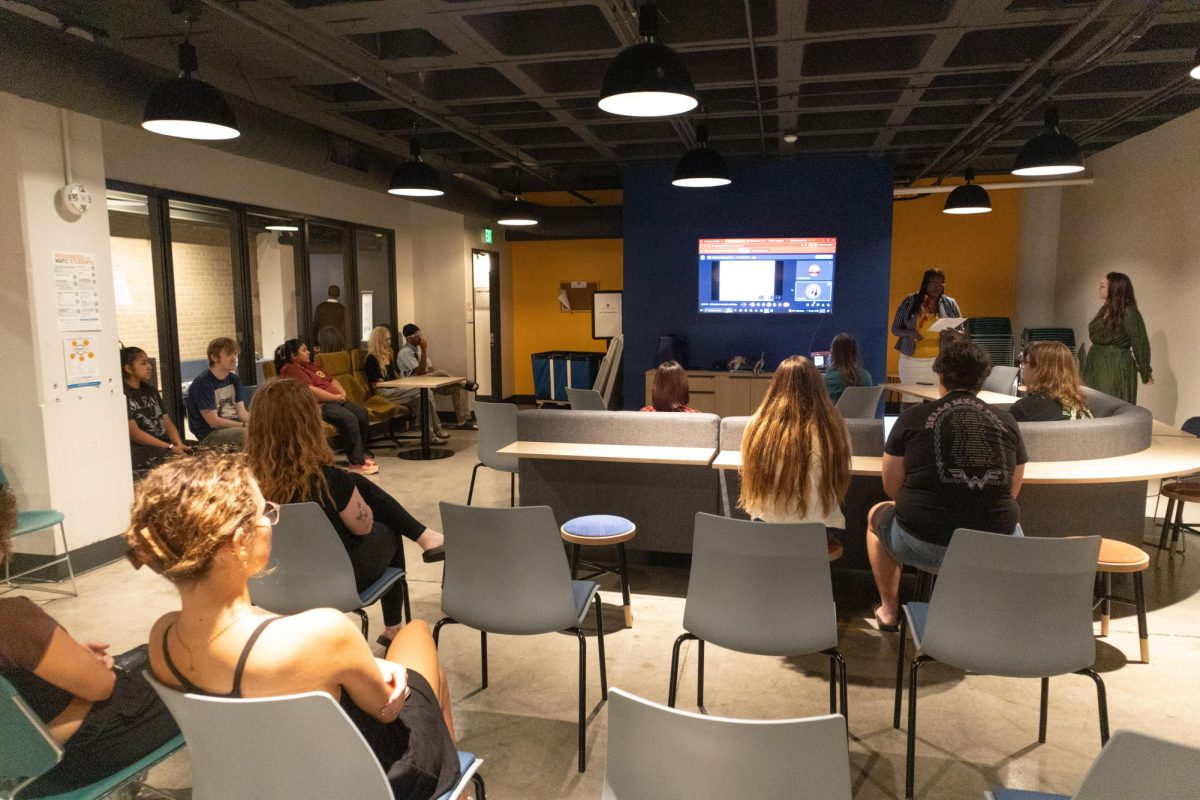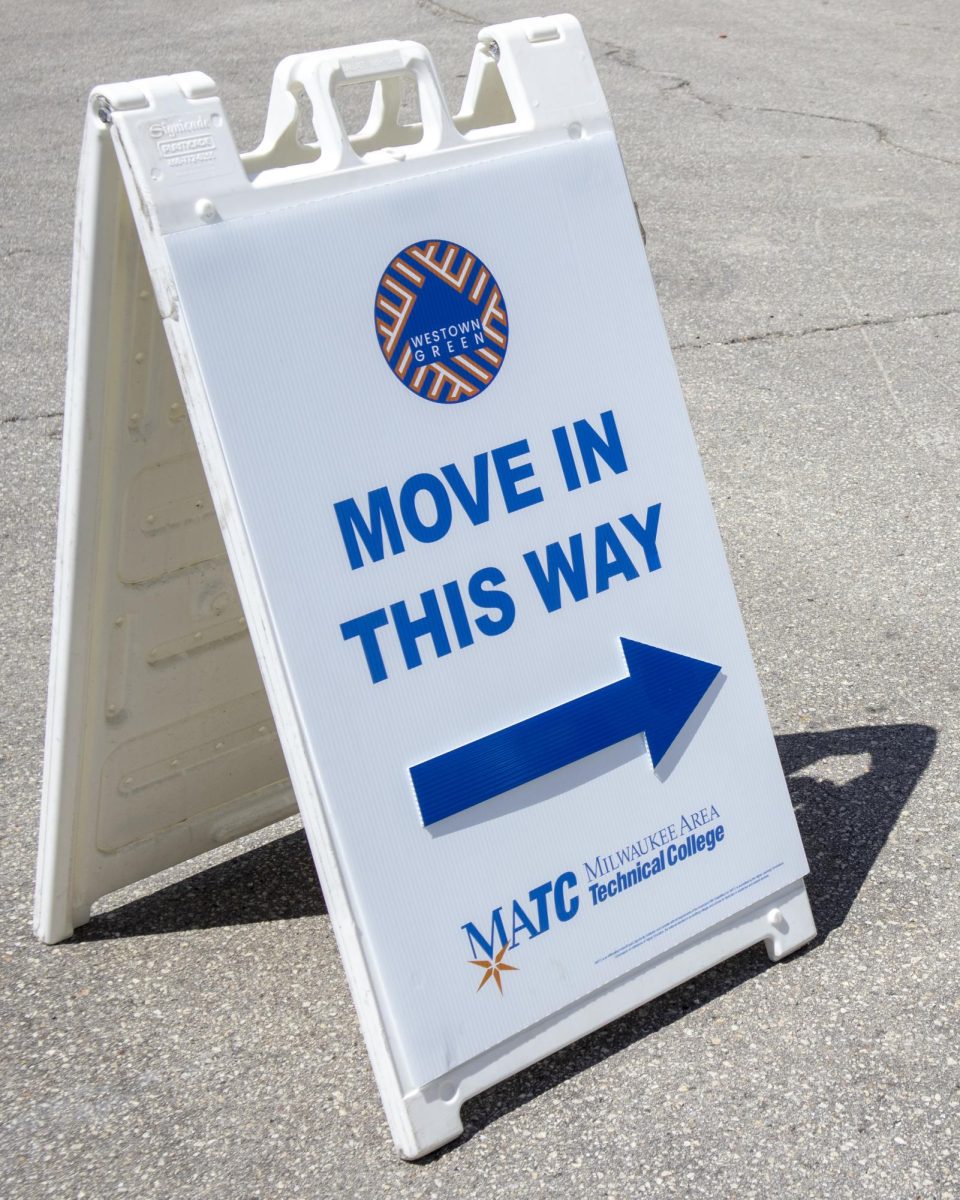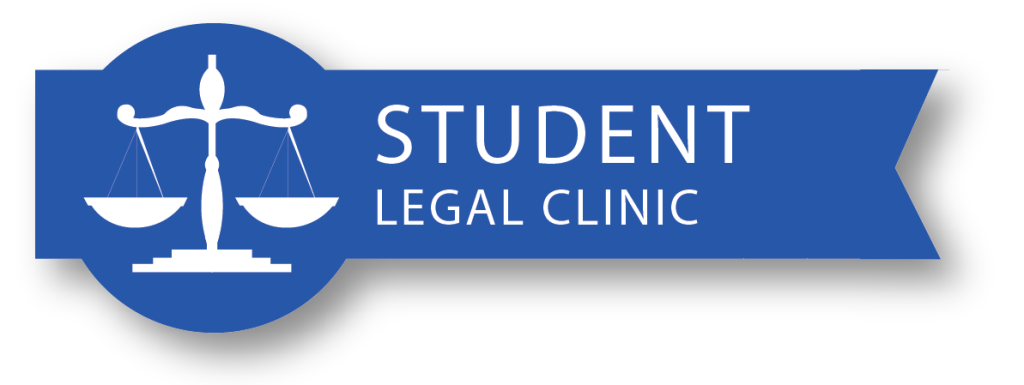Textbooks costs are way too much, plain and simple
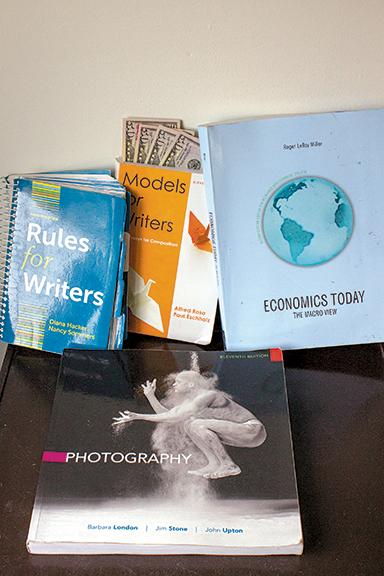
Photo by Alex LaGroone
Texbook prices have risen 82 percent in 11 years.
“College textbooks cost too much and something needs to be done about it,” according to a report from the Advocacy Group U.S. Public Interest Research Group (PIRG). The College Board estimates that the average student in this country spends roughly $1,200 per semester on textbooks and supplies, and a single book can cost almost $200. It seems that expensive textbooks are nothing new; it’s a college student’s “reality.” Writing a hefty check to the bookstore or exhausting a large majority of student loans and financial aid before the semester starts is a part of the collective college experience. Between 2002 and 2013, the price of college textbooks has rose an astonishing 82 percent, nearly three times the rate of inflation, according to a recent study by the Government Accountability Office. PIRG conducted a survey last fall of more than 2,000 students from over 150 college campuses across the country. The study concluded that 65 percent of current students have decided against buying a traditional textbook because it is too expensive. Nearly half (48 percent) of the students interviewed said that they refrained from taking particular courses, and the cost of books had a direct impact on how many or which classes they took. An overwhelming 94 percent of students that didn’t purchase required textbooks expressed that they were concerned their decision would negatively affect their grade in that course. Unbelievably many students report that they are knowingly accepting a lower course grade to avoid paying for the textbook costs.
The publishing industry argues that PIRG has it all wrong. “We feel like this report is highly distorted and biased,” said David Anderson, director of higher education at the Association of American Publishers. They explain that there are options to purchasing traditional pricey textbooks and even provide students with an example to validate their argument. The association states that www.consumersmart.com is a great resource for students, and provides a less expensive option at an average cost of $200 for books for the entire semester.
Monique White, a current MATC student, expressed her concern for students and the future of enrollment at traditional four-year and community colleges. “It just costs way too much plain and simple, where is the help for the struggling students trying to pave the way to a better future?” said White.
There are some options out there for less or inexpensive textbooks that have not been fully adopted by all college facilities. There are many students that take advantage of sites like Chegg.com, Amazon.com, or e-textbook options that are available for some courses. Currently more then 3,000 schools offer rental programs, up from 300 since 2009. Many colleges have adopted the use of open textbooks as a long-term alternative. Open source textbooks are another feasible option. Open textbooks are free online and affordable in print. They are often written by professors, cover the same academic content, and are more flexible in copyright. More than 2,500 professors have agreed to adopt open source textbooks in their classrooms.
Even the publishers of e-textbooks incorporate pay walls, expiration dates, and pricing restrictions as practices they’ve used to control the traditional market. It seems like right now despite recent steps forward in the market place; high-priced textbooks will continue to be a problem unless the cost comes down. Students must act as smart consumers and research their options.
There are some things that campus administrators, students and staff can do collectively to bring change. Students should directly advocate for open textbook use in classrooms. Campus administrators should consider creation of open textbooks.
State and federal legislatures should invest in creation and development of more open textbooks. Publishers should develop new models that can produce high quality books without imposing excessive prices on students. These recommendations could drastically change the way we view the “price tag” on education.
As a collaborative, powerful voice for advocacy promoting to lift the heavy financial burden off of students, we could make all the difference for a cost effective change in the near future.




